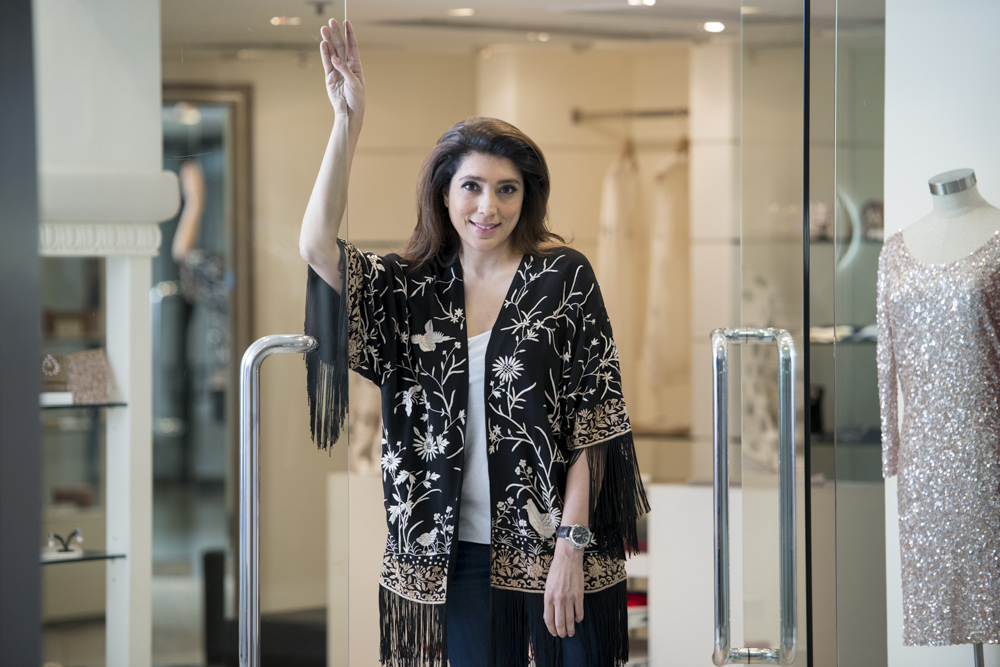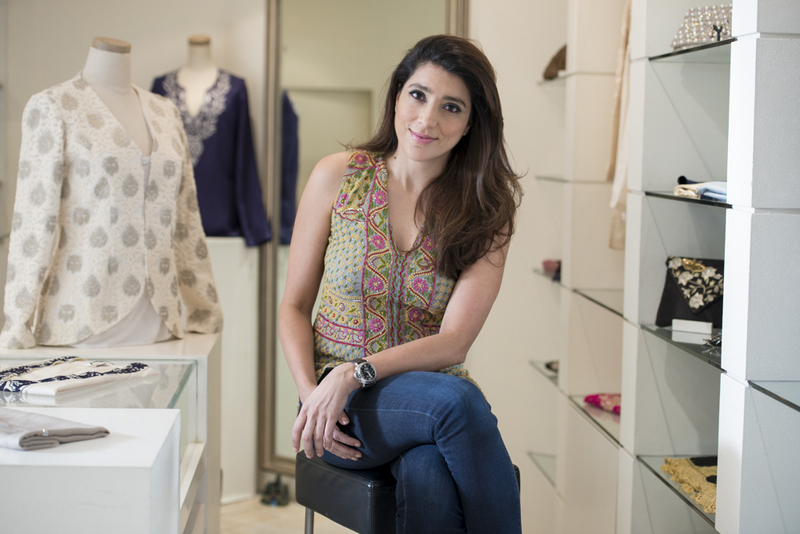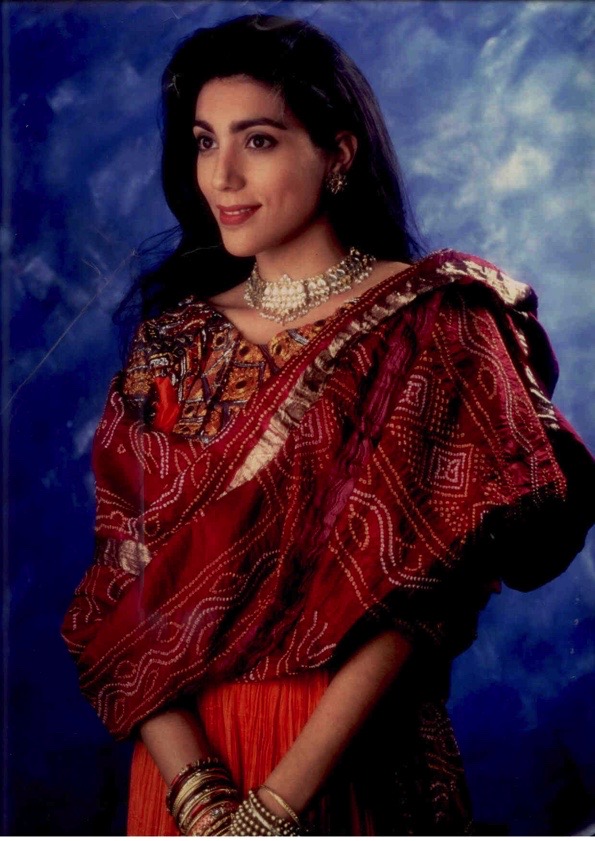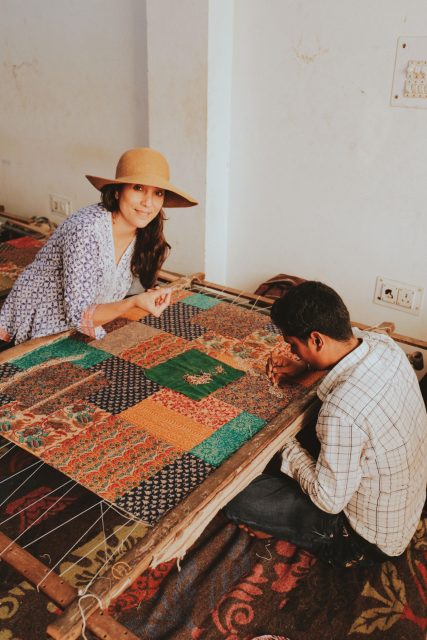I love the way Indian culture nurtures creativity, ingenuity and provides a livelihood for generations of craftspeople. Especially now with the pandemic hitting India so hard it is incumbent on us, people who promote and source craft, to support these artisans.
After agriculture, craftspeople make up the next largest sector in rural India. The Indian way of life, be it the mastery of creating products using simple indigenous tools, natural dyeing processes or embroideries done painstakingly by hand, will always be a source of passion, fascination and admiration for me and Tabla.
In a world where sustainability has become the focus for many, going back to old-school crafting techniques is the right choice and something I have incorporated in Tabla since the beginning. Crafts of India have always been the backbone of my brand.
Narrowing down three of my favourite crafts was not easy, for each region evokes a sense of wonder and each technique has its own unique artistry. However, these three crafts have fascinated me the most personally since I started Tabla back in 1999.
Love affair with Parsi embroidery
As an Indian girl who grew up in the Orient, Parsi embroidery deeply resonates with me. This centuries-old technique is a timeless craft that fuses elements from both India and China. As a designer, I have used it every year in my collections.
What I love the most about this embroidery is how the landscapes depicted are a marriage of different Asian influences. Motifs include the Chinese phoenix, cherry blossoms and flowers in nature. Each is beautifully woven by hand on soft luxurious fabric, making it resemble a beautiful painting.
In the early 2000s I made it more contemporary by recreating the embroidery on decadent dressing gowns which flew off the shelves. Since then, some of our best creations have incorporated this craft and are considered heirloom pieces by our clients. I am hoping to re-create them again as they speak to my vision of timeless luxury.
Fine intricacy of Chikankari
This is one of my most favourite crafts from India. During one of my earlier trips to India, I visited a local market in New Delhi I came across a beautiful chikankari fabric which I then repurposed into a kurti which I wear till today. It’s one of my most cherished pieces. Even now when I wear it, I get compliments.
I am so obsessed with this style of embroidery, that 18 years ago I hopped onto a plane to Lucknow, the heartland of Chikan, with limited knowledge and not knowing anyone, on a quest to explore this craft. I wanted to understand the evolution of this technique so I worked very closely with chikankari artisans to understand how I could re-create and evolve this traditional craft for my patrons.
What I love most is how intricate the thread work is. Initially it was used mostly on muslin (another fabric that I love working with) with white-on-white hand embroidery, which later evolved onto silk and linen. New patterns and colourways have led to its evolution.
This embroidery evokes an old world charm, a forgotten regal period which inspires me throughout my collections.
Patterns & colours of Bandhini
In India, Bandhini refers to the technique of resist dyeing where individual parts of the cloth are bound together to prevent them from absorbing the dye. This is a more sustainable approach to fashion and makes this craft the true epitome of luxury.
For our upcoming collection we recently worked with an artisan whose family has specialised in this craft for over four generations. We have created our own naturally-dyed patterns in hues of Indigo, in the region of Kutch, Gujarat. Our first round of swatches just arrived and I can’t wait for the final product.
Despite the upheavals in Indian history from invasions to foreign occupation, Indian crafts have survived, adapted and continue to inspire the world. Luxury brands from New York and Milan to Paris have always utilised these exquisite embroideries and the workmanship of our gifted ‘karigars’ (craftsmen), whom I see as the real heroes.
20 years on and my love affair with the crafts of India has only just begun. I will always be grateful as a designer for this amazing treasure trove of inspiration for myself and Tabla.
Editor
Tania Mohan




